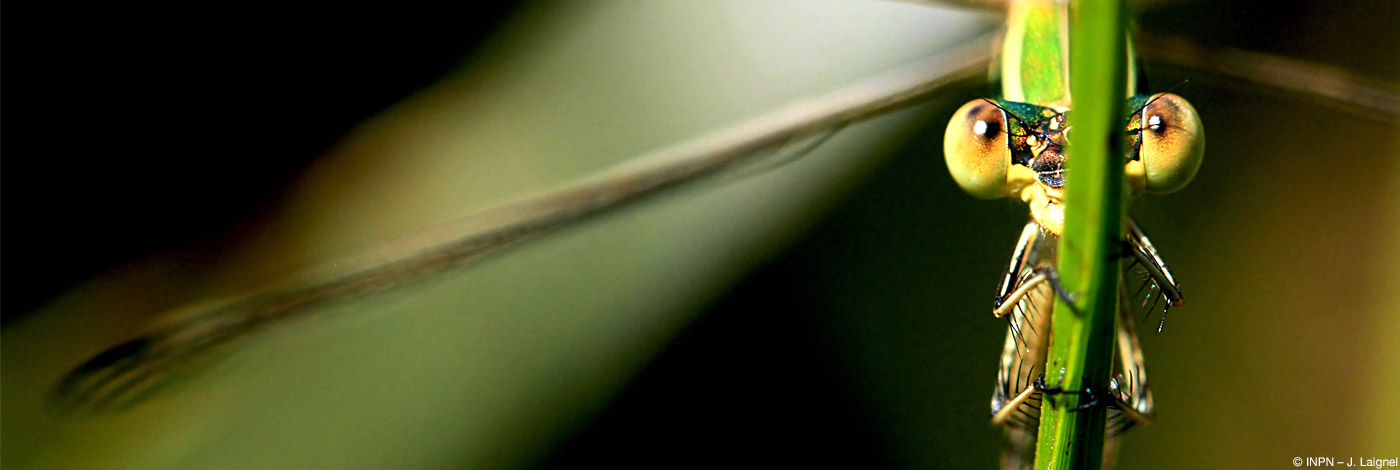

 Naturae
2022 (16) - Pages 285-296
Naturae
2022 (16) - Pages 285-296The intent of this note is to present a general framework based on the demography of seabird populations in order to identify relevant management leverages for their conservation. First, we reviewed the influence of life history traits on demography and presented the demographic drivers expected along the slow-fast continuum hypothesis. Then, we summarized the known demographic parameters for 27 of the 28 seabird species breeding in France. All these species are on the slow extremity of the slow-fast continuum and have a long life span (10 to over 50 years) linked to a high adult survival (expected > 0.90), delayed sexual maturity (two to nine years), and low to medium fecundity (one to three eggs). The growth rate of these populations is approximately 10 times more influenced by adult survival than by changes in reproductive parameters, although the most fecund species (cormorants, gulls and terns) may partly compensate for low adult survival. We demonstrate this by modelling the population dynamics of two species with contrasting life history traits, a very long-lived and few productive species, the Scopoli’s shearwater (Calonectris diomedea Scopoli, 1769), and a less long-lived and very fecund species, the European shag (Gulosus aristotelis Linnaeus, 1761). Modifying the trajectory of populations through management actions that improve fecundity locally is only possible if reproductive success is already low and if the improvement is strong. Finally, the conservation of French breeding seabirds should be based essentially on actions that favor adult survival. However, the risks of mortality identified are globally linked to accidental captures, oil spills, collisions with wind turbines and the depletion of the resource, largely outside the scope of actions by local managers. Migratory species also face human disturbances at-sea off foreign countries. Coordinated measures at regional, national and international level to improve the survival of the species are needed.